Guy Ritchie, who loves British gangsters and flashy costumes, has once again agreed to work with Disney and will direct the film version of Hercules (1997) for the studio. The feature-length “Aladdin” turned out to be excellent (it grossed more than a billion dollars at the box office), and the new movie was produced by Anthony and Joe Russo, writers of the latest “Avengers.” the movie automatically rises to the top of the most anticipated. And it refreshes the list of full-length Disney adaptations of animated classics.
The studio identified the trend a few years ago to rethink children’s stories in adult fiction films, and perhaps launched it in 2014 with Maleficent, based on the classic tale of Sleeping Beauty. Later, the experiment was a success and was nominated for an Oscar for best costumes, earning more than $758.4 million at the box office on a $180 million budget, but attempts to write in the next big movie space were rarely the same success for the company, hence the high box office performance (and nearly every Disney movie has spent nearly a billion dollars), which is more due to audience nostalgia than product quality.
Why is Disney remaking a classic?
Walt Disney disliked sequels and remakes and therefore always relied on new stories rather than perpetuating old ones. An exception was made in the 90s for “The Lion King”, “Aladdin” and “Beauty and the Beast”, but later the following episodes went through a major rental and are still known only to the most sophisticated. Walt Disney’s tactics were adopted by Jeffrey Katzenberg, who headed the studio in 1991 and wrote in a note: “People don’t want to watch what they see anyway.” He was right, but with a delay of several decades. In the 90s (and later in the 2000s), it became clear that the audience now needs repetition of what is already familiar – so there is less risk of making mistakes.
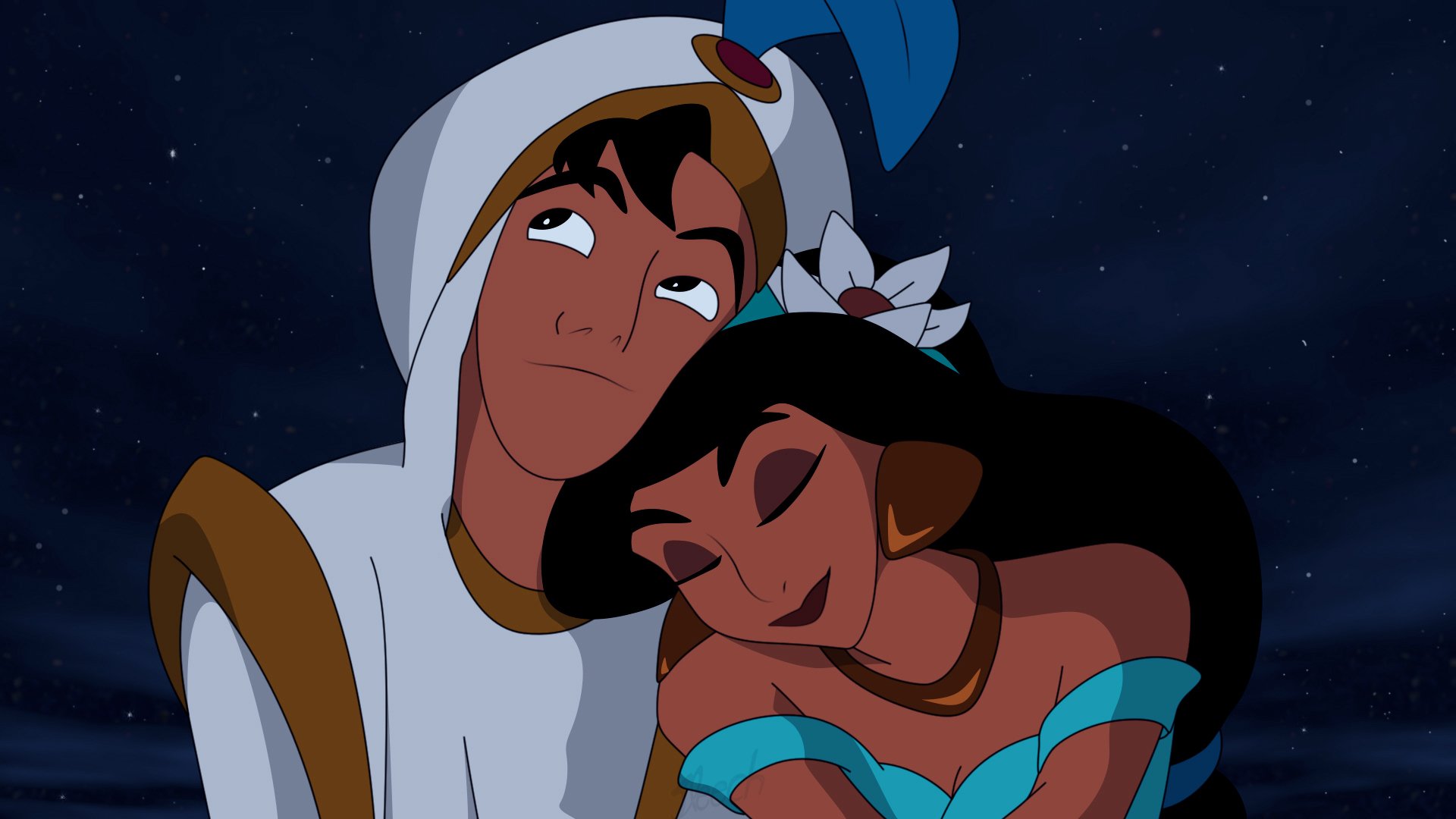
Analyst Walt Hickey wrote about this phenomenon in his Five Thirty Eight column: “In recent years, the industry has witnessed a robust chain of successes arising from relaunching or refining legacy content.
You bet on content that people already know.
At the same time, studios are afraid to spend millions of dollars on movies that don’t have an established audience. They try to minimize risks. People go to the movies for a variety of reasons, but you need to maximize the number of reasons they go to see your movie.”
With a slight delay, however, Disney accepted this cinematic trend and got its own classics based on familiar and beloved images. At the same time, the studio did not change the plan of most of its projects – it appeared on the screens with The Lion King and Emma Watson in Beauty and the Beast. What was this? Rather, it’s an exploitation of audience nostalgia and a parade of the company’s technical achievements (thanks to three-dimensional graphic CGI and Motion Capture technology that digitizes the movements of a real object).
A little less obvious in that sense, “Cinderella” was with Lily James, but there was actually nothing to digitize there, so we had to bet on the characters of the characters.

The studio added new meaning (and what!) to Dumbo, turning a fairy tale about a baby elephant at the circus into a political story about animal protection, feminism, and the fight against corporations. The cartoon turned out pretty well, and it seems that Disney decided to rethink the long-known stories. To no avail, as it turns out. Released a year later, Mulan failed at the box office and in the eyes of the audience for several reasons: filming was delayed due to the pandemic, the premiere was delayed due to the same COVID-19, and most importantly, getting rid of key plot details in the form of the dragon Mushu and Mulan’s love line.
Disney tried to satisfy the political demands of the time as quickly as possible, and as such, we saw a pure commercial project at the box office.
Instead of “the same” beautiful and powerful story loved by millions.
Why are remakes of Disney games worse than cartoons?
Disney movies, unlike the good old cartoons, honestly you don’t always want to believe, and even the most status actors (like Emma Watson in Beauty and the Beast) can’t save the situation. Here it should be noted that Disney created its cartoons primarily for children, therefore, in the originals of those years, everything was simplified as much as possible – there are no incomprehensible multi-layered characters and heavy dramatic turns for 6+ viewers. .
As a result, actors have nothing to play with and all their vast cinematic experiences are overridden by the characters’ plane.
It’s not bad or good, but on the screen it’s just boring, so it’s not Belle, who has the same love of books after “Beauty and the Beast” and resistance to the smug predator who wants to win her heart, but in a bright yellow ball gown. Is he handsome? Yes. Interesting? Tough.
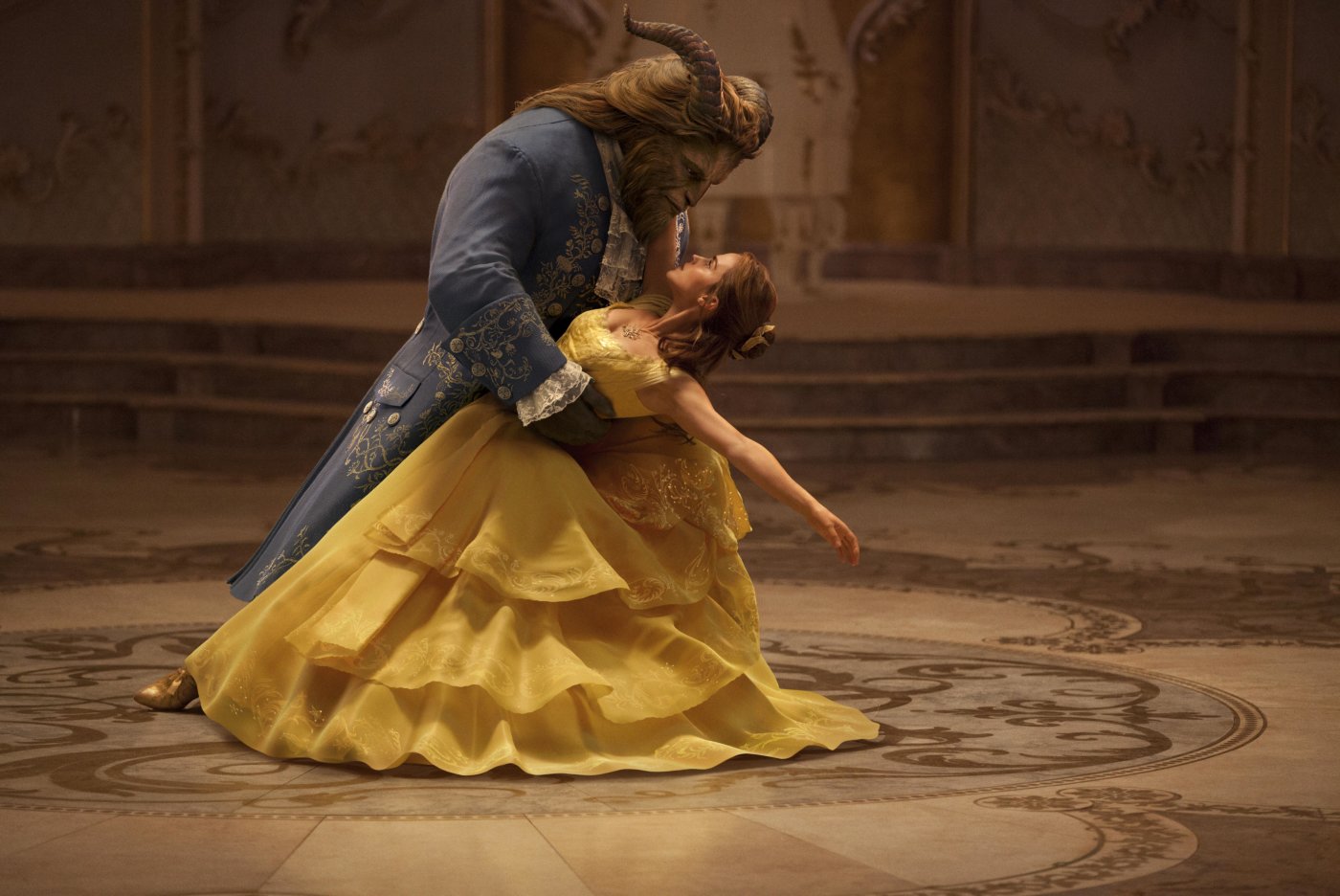
The Lion King also looks very realistic and looks great – they say, look at the state of technology. But it’s like a documentary show in the spirit of Discovery Channel. While preserving the most important ones (thanks to the charming Pumbaa, that scene in the canyon, and Hans Zimmer’s stylish musical accompaniment), the new “Lion” still seems to be losing its famous cartoon magic and can’t even find its way. Tears at the time of Mufasa’s death, of course, do not tell about the original 1994.
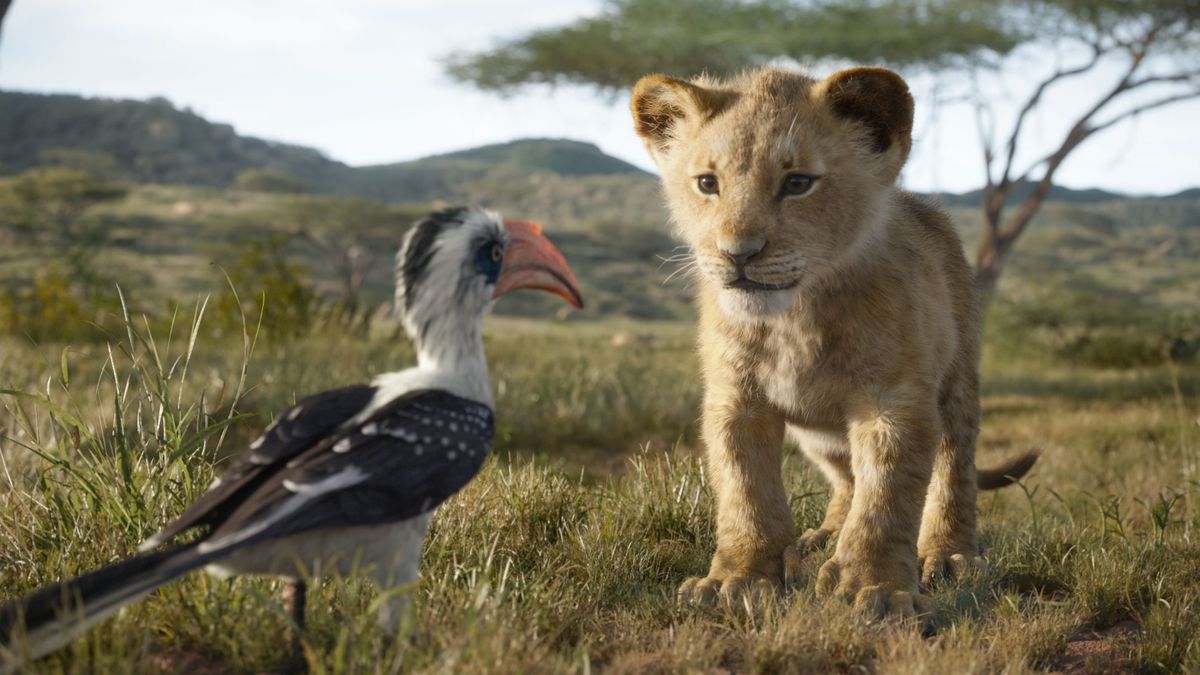
The presence of such famous predecessors, in this case, does not play in their hands – when you watch the same story several times, the novelty effect disappears.
The impression cannot be the first again.
This also explains the success of “Maleficent”, for example, which was based on “Sleeping Beauty” but changed the angle from the forever sleeping princess to the main antagonist of the story. A new main character, a slightly reworked plot that still retains the core message about true love, a good cast with room to return (we knew very little about the villain in the original, which means we can interpret his story without confidence) as the artist on the set of Avatar The talented Robert Stromberg starring in the film and the talented Robert Stromberg in the director’s chair ensured the success of the movie.
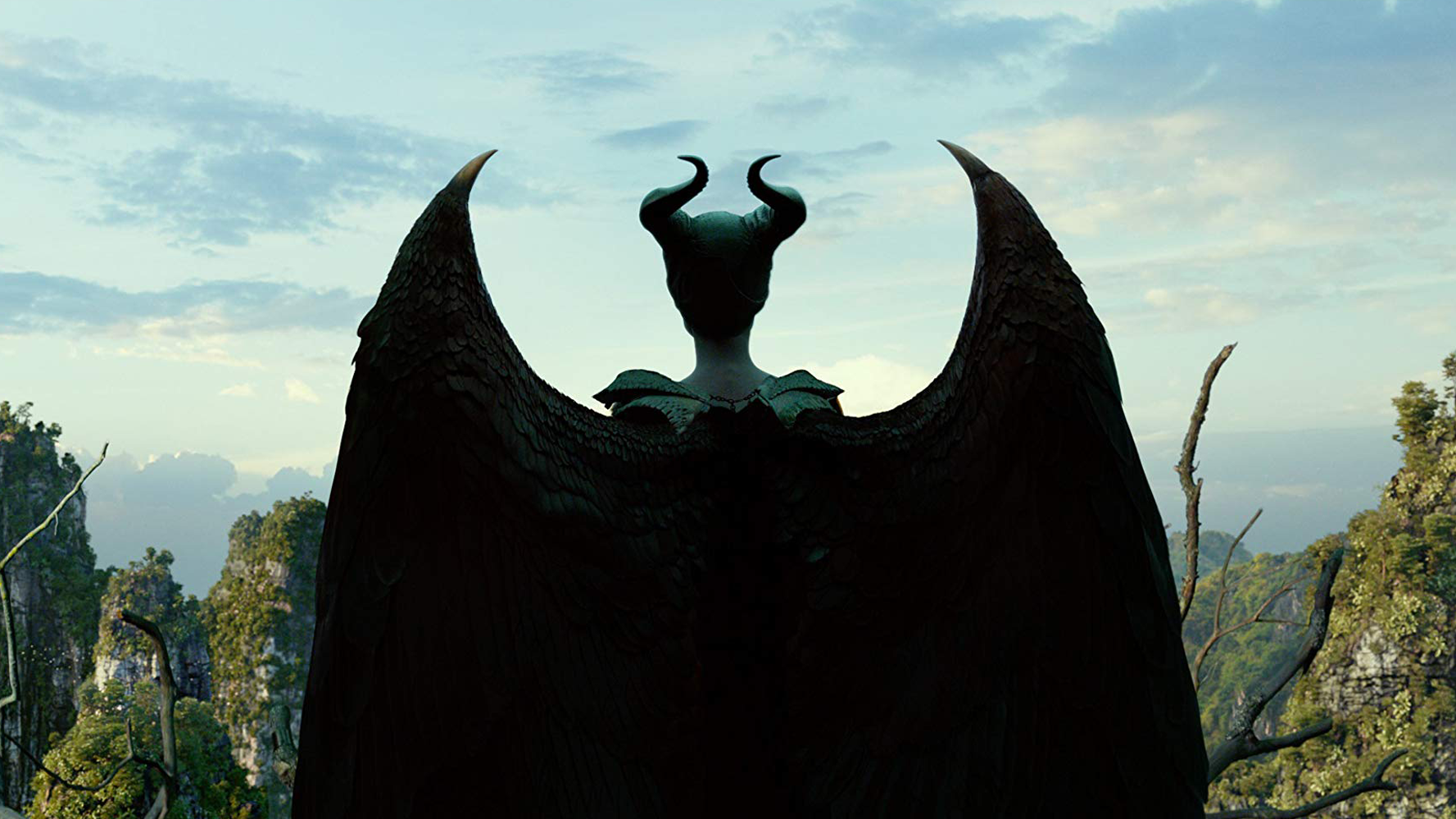
Another pleasant exception for Disney was “Alice in Wonderland” – a slightly crazy fairy tale from the beginning in the competent hands of Tim Burton flashed with new bright colors and the star cast in the person of Mia Wasikowski, Johnny Depp, Helena Bonham Carter and Anne Hathaway works and did the special effects. But this scheme doesn’t always work: “Christopher Robin” seems to be made on the same principle, but honestly, it looks creepy, which is why we see heroes appearing more on the screen instead of plush Winnie and her friends. like hallucinations and instead of bright memories of childhood we get a story about a midlife crisis.
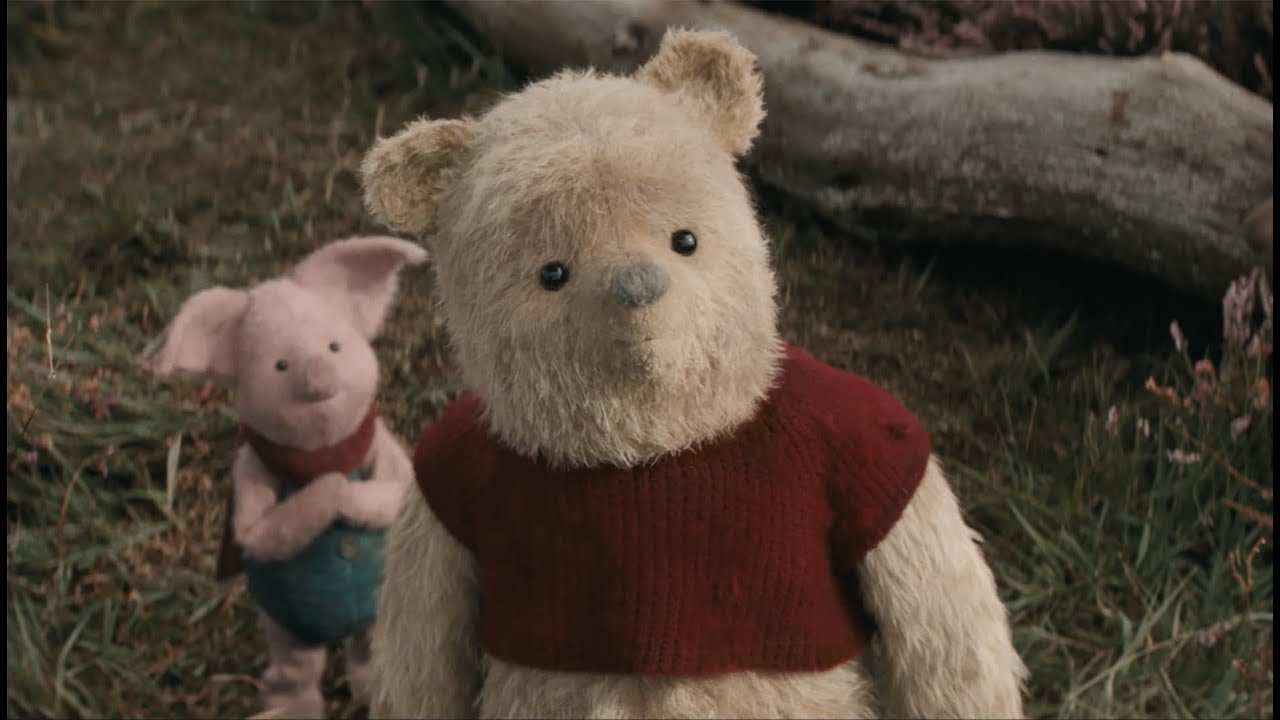
Is Disney really that bad?
It would be unfair to say that Disney has failed in its feature film trials. The studio still knows how to make great movies (we’re not talking about cartoons at all) and illustrates this with the best examples of original works: Pete and His Dragon, Tomorrowland, The Lone Ranger, John Carter, Prince of Persia : Sands of Time” and other pictures that they don’t have a crisis of ideas. proves it.
Another question is that in its quest to conquer the world box office that better responds a priori to familiar stories from cartoons, Disney is following the path of least resistance and doing something very obvious, albeit beautiful.
That didn’t happen, except for Craig Gillespie’s Cruella, which gave us one of the studio’s latest projects, Tonya Against All, starring Emma Stone. The story of the young Cruella De Vil, who is obsessed with dog skins, turned out to be atypical and so beautiful, for which she received a well-deserved Oscar for costumes. Will it be possible to repeat the success of the film adaptation of Hercules? We’ll see!
https://www.youtube.com/watch?v=6z4tdTbIjJA
Source: People Talk

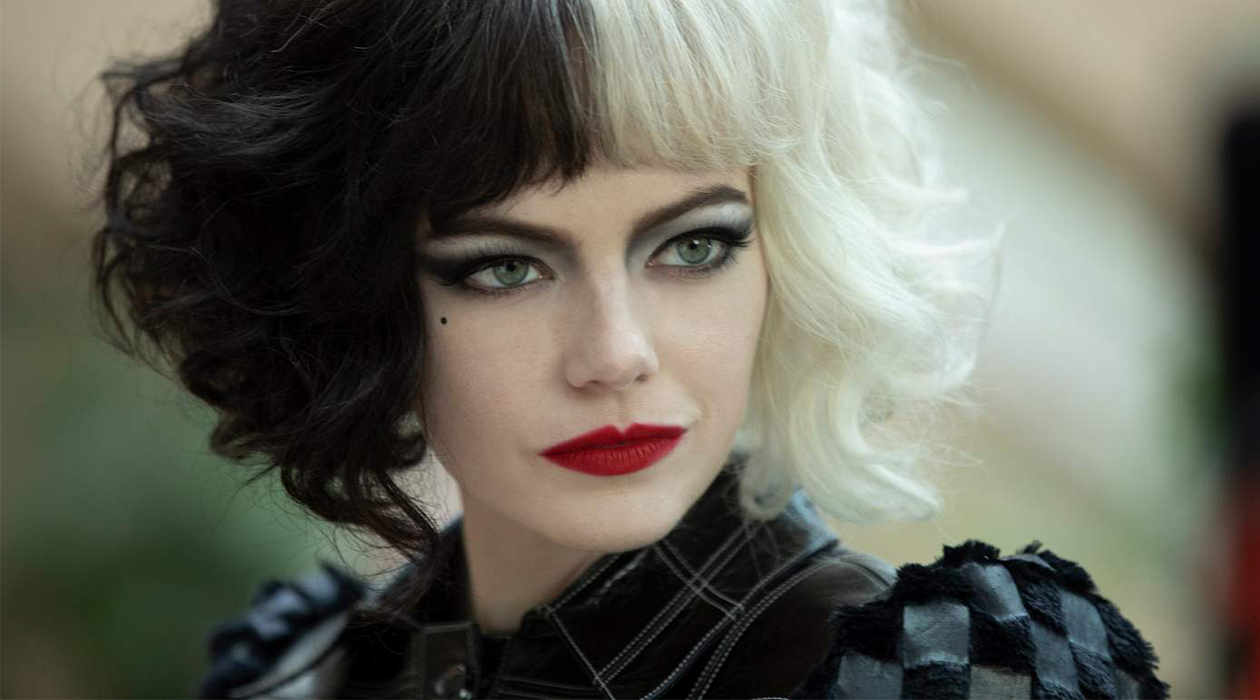

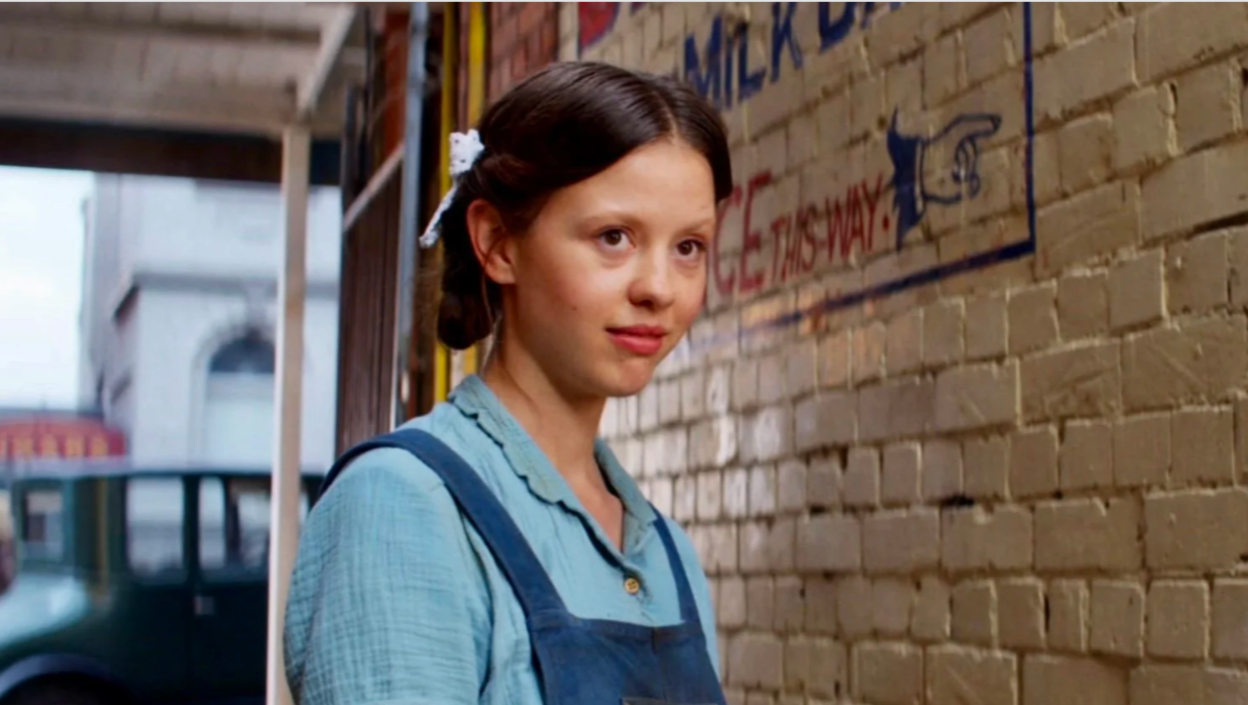.png)

